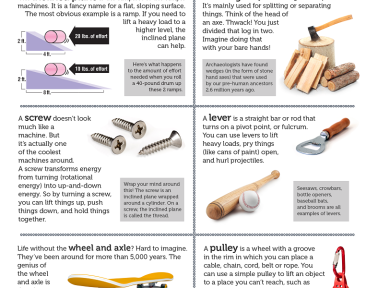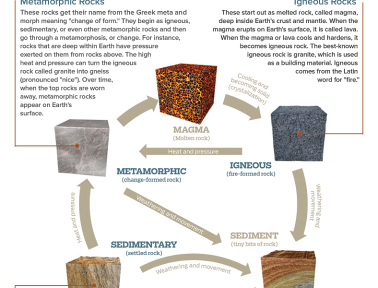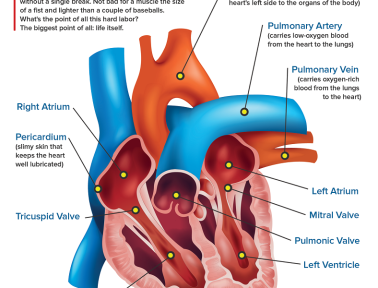Montessori, Piaget, and Martha Stewart all have one thing in common. All three would agree that a room should be a thoughtfully prepared environment, one that creates an invitation to those that enter. Martha’s rooms may invite you to sit down and sip mint julep, but the other two postulated more about environments that invite children to learn.
Children are born with a natural curiosity. When a child walks in to a well-prepared preschool room, there is little that he or she needs to be told to do. Different areas of the room are set with materials organized in a way that seems to call to the child, “Come, explore. See what we can do together!”
Whether you call it “self-selected activity time”, “free play time”, “choosing time”, or “learning centers”, allowing preschoolers a large chunk of time to explore a variety of activities in an organized, inviting room is a vital part of early learning. Here are a few areas to think about as you try to make the most of your room.
Dramatic Play Area (dress up, pretend play): What you’ll find there: Thematic props (menus in a restaurant, stethoscopes at the doctor’s office), clothes/ costumes, writing materials, mirror. What they’ll learn there: language, social skills, pre-reading skills
Book Area: What you’ll find there: A variety of children’s books (preferably in a forward facing book shelf so that the covers can attract the children), comfortable places for sitting (pillows, blankets, chairs). What they’ll learn there: pre-reading skills, vocabulary, theme incorporation
Working Tables(puzzles, games, manipulatives): What you’ll find there: Table space for working with puzzles and games, baskets or shelves with materials that are rotated periodically. What they’ll learn there: fine motor skills, cognitive development, social skills (games)
Sensory Table (sand, water, etc.): What you’ll find there: Bin or commercial sensory table with sensory materials as well as tools for manipulating the material. What they’ll learn there: sensory skills, creativity, motor skills, inquiry
Easel: What you’ll find there: The obvious- easel and smocks with a variety of media and tools to create with. What they’ll learn there: sensory skills, creativity, motor skills, inquiry
Art Table: What you’ll find there: Creative art materials that change from day to day, space and materials for more than one child at a time. What they’ll learn there: sensory skills, fine motor skills, creativity
Writing Area: What you’ll find there: A variety of writing utensils and papers, alphabet charts, envelopes, clip boards, tools such as scissors, staplers and hole punches. What they’ll learn there: prewriting skills, alphabet recognition, fine motor, language
Block Area: What you’ll find there: Unit blocks as well as other constructive toys from time to time (marble race sets, megablocks, train tracks, etc.) What they’ll learn there: spatial awareness, logic, math, language, social skills, creativity
Flannel/Magnet Board (think interactive bulletin board): What you’ll find there: Thematic concepts presented in a way that the children can manipulate pieces and parts (flannel leaves for creating patterns, magnetic shapes for constructing a house, etc.). What they’ll learn there: pre-reading, fine motor, theme incorporation, cognitive concepts
Try to define these areas visually in the way you position the furniture and supplies (ie: the shelf holding your books backs up to the shelf holding the puzzles, separating the two areas). Once you’ve defined the areas, walk around your room and make sure that you, as a teacher, have a good site line from each area to the others, without having to move too far away from any one spot. This will help you monitor your class.
As you arrange your room, pay attention to which areas you put next to each other with particular consideration to the noise and mess levels. For example, the block area tends to be loud, while the working tables might require some quiet concentration. Would it be a problem for your children to have those areas right next to each other? Also, I like to distance my art areas from my book area, hoping I can intercept the blue-painted hands before they’re firmly planted on the cover of a book.
As teachers we sometimes have to work with what we’ve got. Few of us are lucky enough to be able to say that we have all the space and supplies we would like. But take a look at your room and think creatively. How can you best implement these learning centers in the room you have? You may have to share a space and alternate the activity (sensory one day, easel the next). You may have to create easels that attach directly to the wall to minimize the space required (Bev Bos’s book, Don’t Move the Muffin Tins, has instructions for this).
Learning centers enhance the learning that takes place in each activity, and keeps children engaged because the children are allowed to follow their individual curiosities and passions and go at their own pace within a planned, purposeful environment. Even Martha would say that’s a good thing!
For more back to school ideas, click here!
Photo courtesy of Kriss Szkurlatowski
<!–
–>










